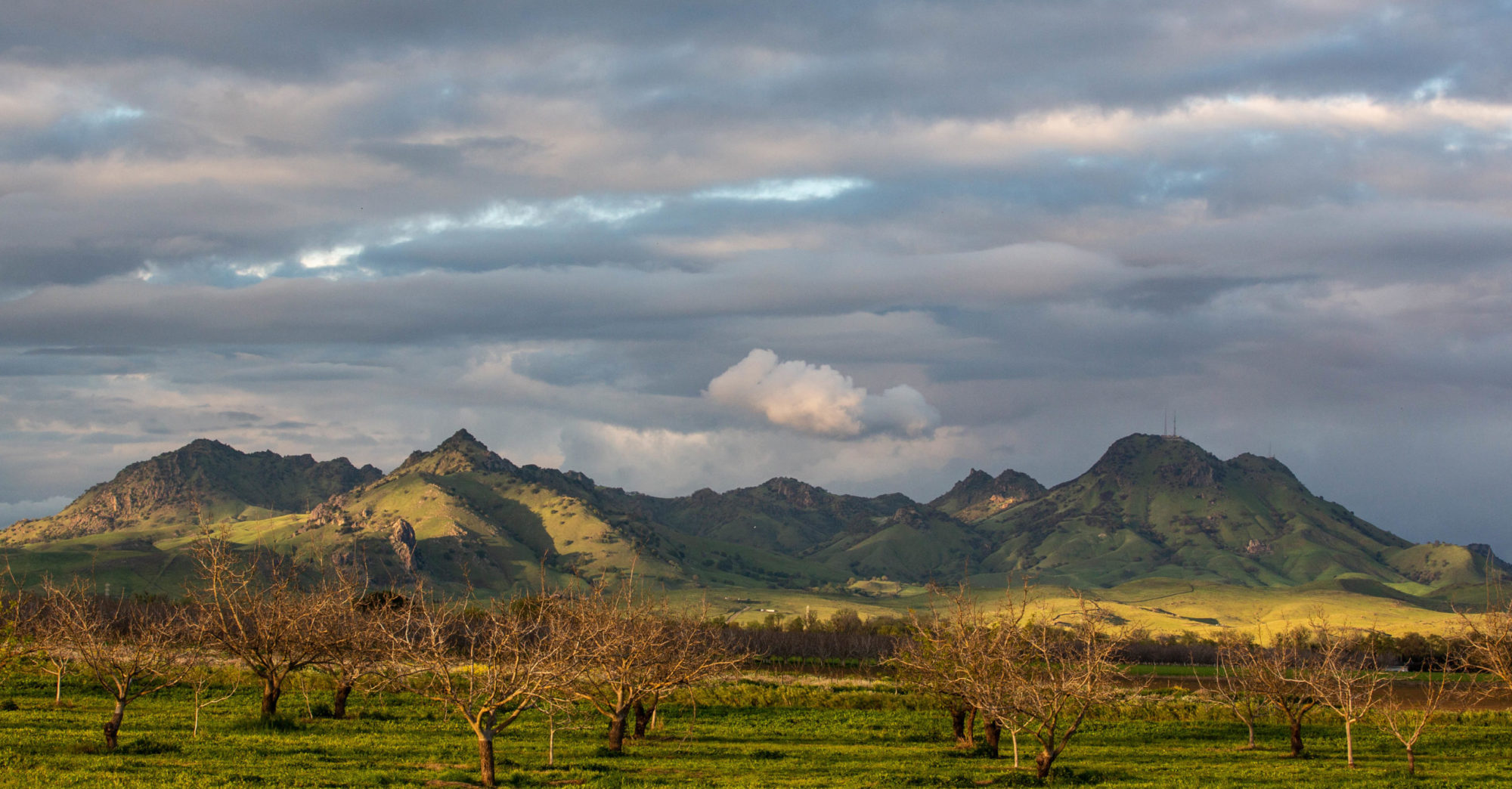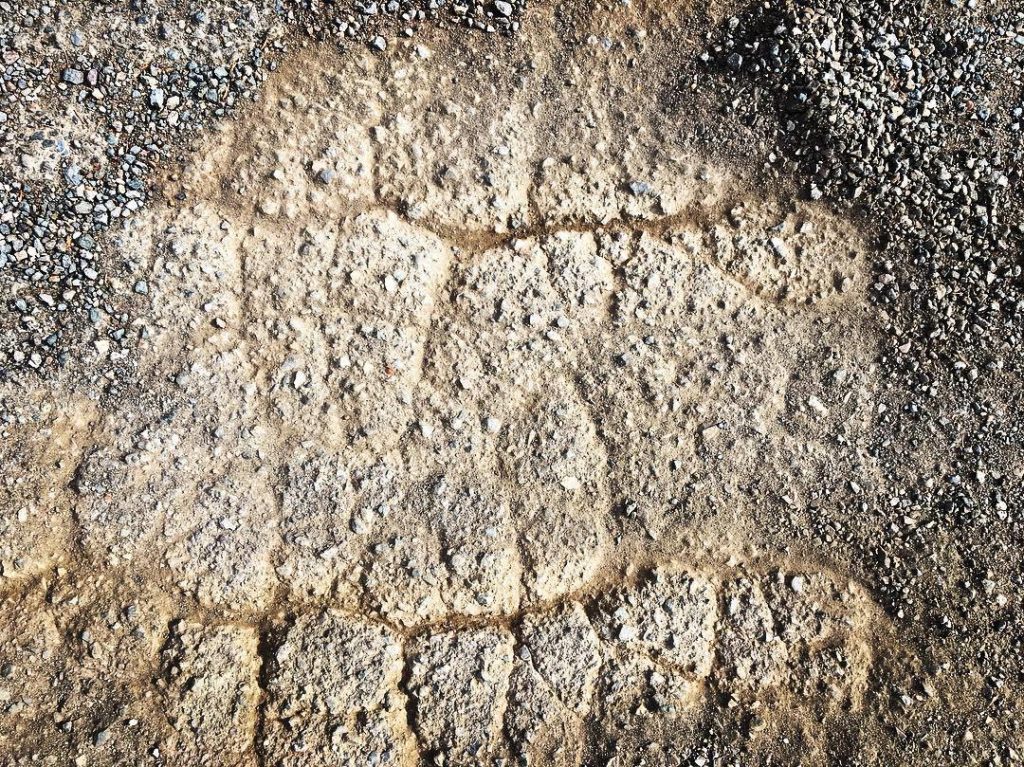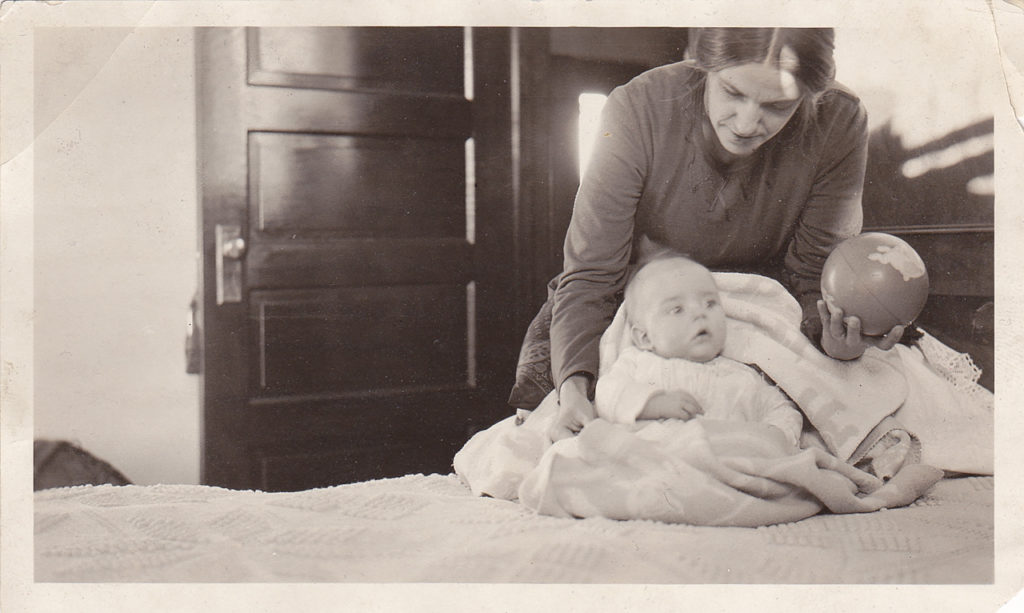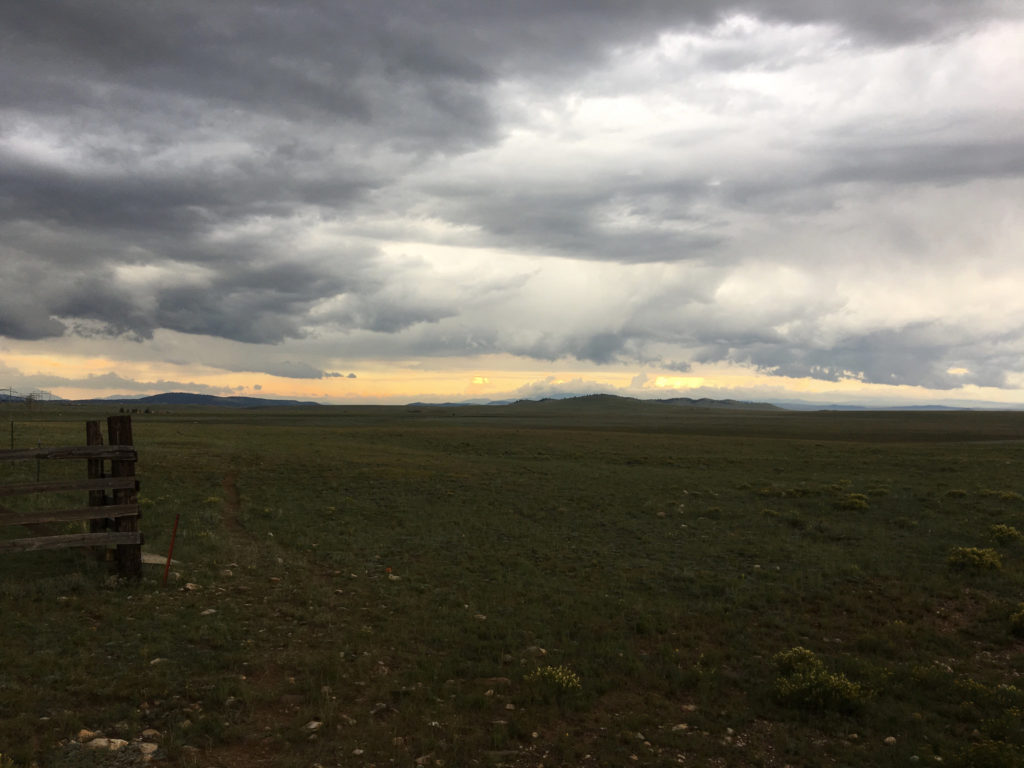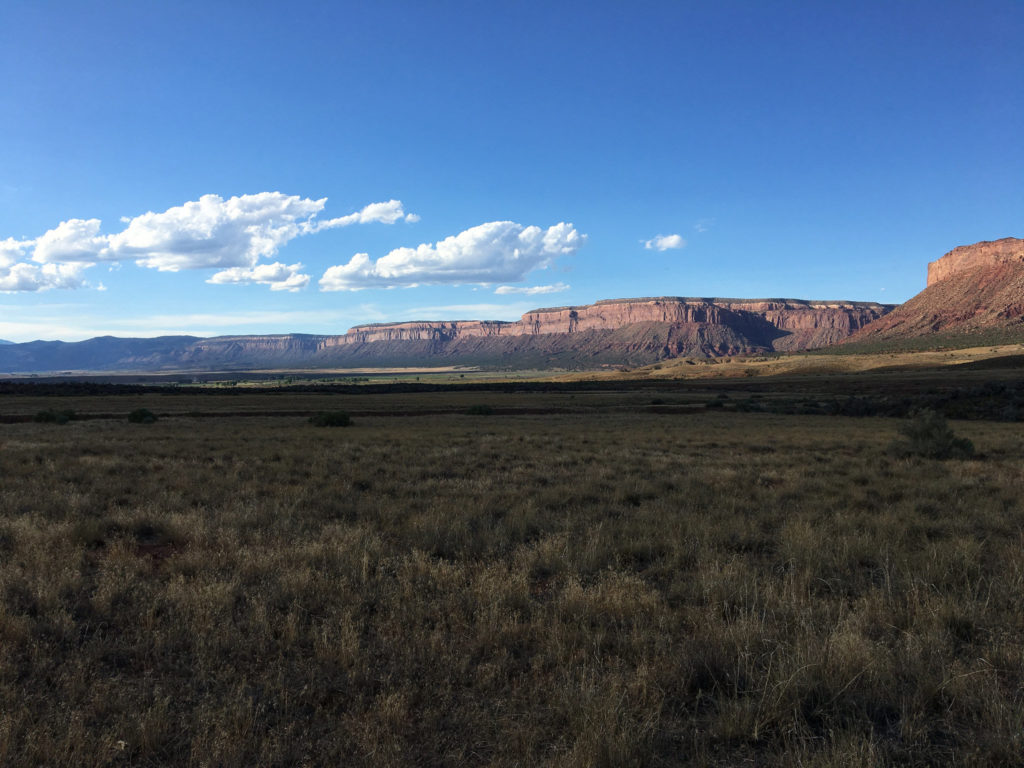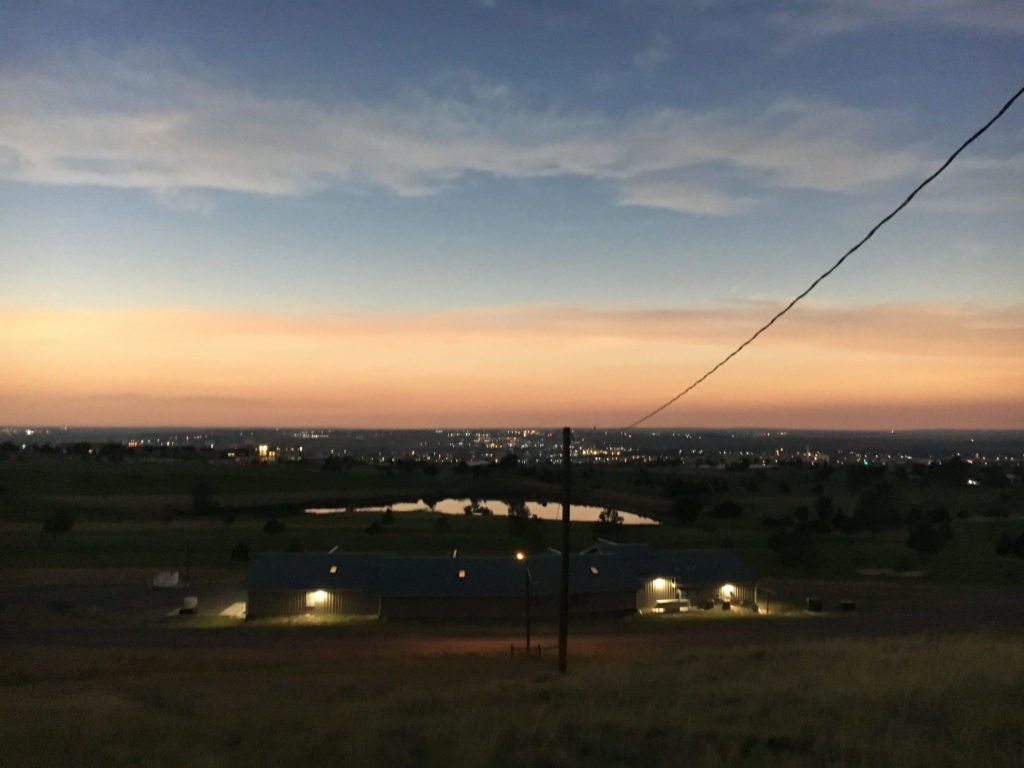It’s my sister Ann’s birthday today. And here’s the outline of a brief story I’ve often told on the occasion.
The year was 1962. I was nearly eight years old, and I’m not sure I grasped the import or meaning of anything that was going on around me, but yes, there was a build-up to a major family event: Our mother was expecting, and the big day was fast approaching.
I remember riding along as Dad drove Mom to her obstetrician appointments with a Dr. Kenwick — Anthony Kenwick, I think, who turns out to have been a fairly well-known practitioner. I remember her relating his reaction to her earlier childbearing history. My Norwegian father and Irish mother managed to have what you might call Norwegian-Irish quadruplets; four boys who arrived in less than four years — April 1954, September 1955, December 1956 and March 1958.
Mom said Dr. Kenwick took this in and asked, “No bundle from heaven in 1957?”
Back to our story. The morning of March 26th. Mom had started to have regular contractions. Dad was staying home from work. Every time Mom reported a contraction, he’d check the time on his watch and write it down on the back of an envelope. Did I understand why? I’m not sure I did. But I think both Mom and Dad said the new baby might arrive today.
My brothers and I went off to school, just a couple blocks up the street at St. Mary’s. I was in 3rd grade, John was in 2nd, Chris was in 1st. We went home for lunch. Mom and Dad were still there, and Dad was still writing down times on his envelope. We went back to school.
We got out of class about 3 o’clock and started for home. The walk was down Monee Road, at the southwestern corner of Park Forest, and the road had (and has) a pronounced right-hand bend as you headed from St. Mary’s to our place just the other side of Indianwood Boulevard.
Just past the bend, I looked up the block and saw our car, a red-and-white 1958 Ford station wagon (with a three-speed manual transmission), turn the corner up Indianwood. I figured that was Mom and Dad headed for the hospital — Ingalls, in Harvey, which through the magic of modern online maps I see was about 10 miles away.
When we got home, our neighbors, the Lehmans, were waiting for us. They told us what I’d already guessed — that our parents had left for the hospital. We were parked over at the Lehman place for several hours. As I recall it, they got a call about 6 o’clock that the baby — a sister! — had just been born.
Mom, no doubt, was enjoying her evening away from us and the peace and quiet of a busy maternity ward.
Dad came home later, probably fresh from trying to explain to his mother, Otilia Sieverson Brekke, why the baby’s name was Ann — almost the same as Anne Hogan, Mom’s mom. (Ann’s middle name is Margaret, and I think Dad only half-jokingly insisted that she had been named after Ann-Margret, the Swedish-American actress. Grandma Brekke got over it, I think. I remember her referring to Ann as “Tuula,” a Norwegian girl’s name that she seemed to use as a fond reference for her only granddaughter.)
Conclusion of remembrance.
